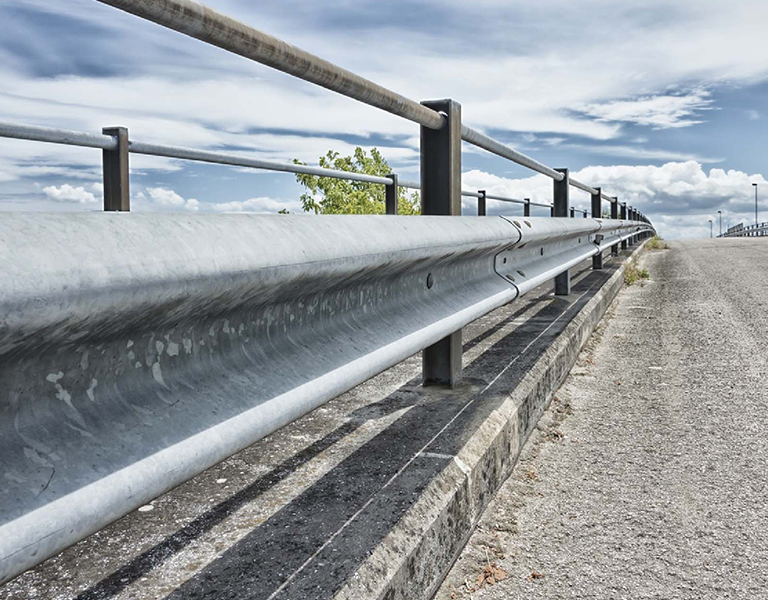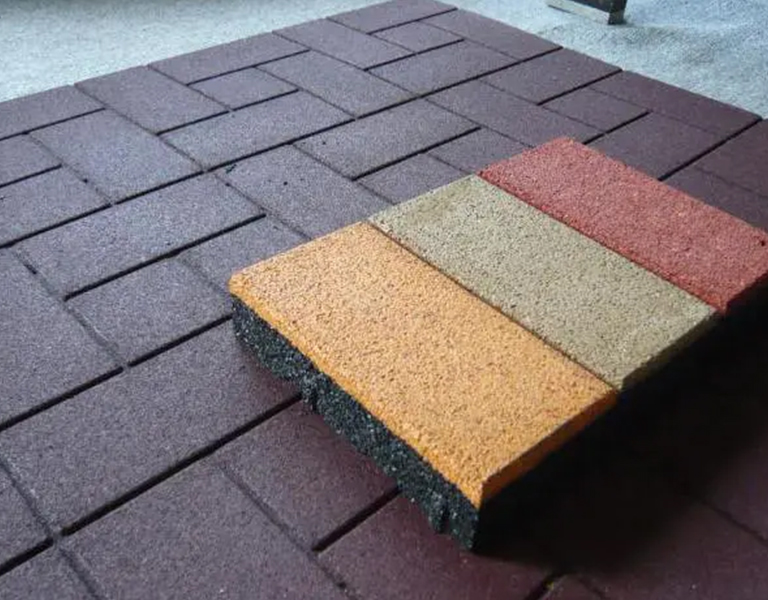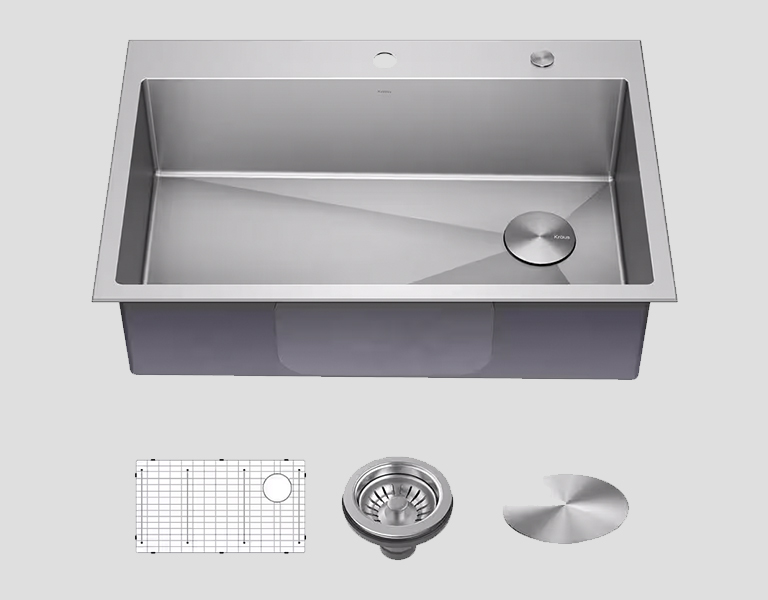Street light poles are a fundamental component of urban infrastructure, providing essential illumination for roadways, sidewalks, and public spaces. Their design and construction involve several key features and considerations to ensure functionality, durability, and aesthetic appeal.
Key Features of Street Light Poles:
- Height: Typically ranging from 10 to 40 feet, the height of a street light pole is determined by its intended application and the area it needs to illuminate.
- Material:
- Steel: Known for its durability and strength, steel poles are often galvanized or painted to resist weather conditions.
- Aluminum: Lightweight and corrosion-resistant, aluminum is a popular choice for decorative poles.
- Concrete: Extremely durable, concrete poles are often used for taller installations due to their weight and stability.
- Fiberglass: Corrosion-resistant and lightweight, fiberglass poles are suitable for various environments.
- Design: Street light poles come in various styles, from utilitarian designs to more decorative options that enhance the urban aesthetic.
- Base and Foundation: A sturdy base is crucial to withstand wind loads and environmental factors. Poles are usually anchored in concrete foundations to ensure stability.
- Lighting Fixtures: The type of lighting fixture mounted on the pole, such as LED or HID, affects visibility, energy efficiency, and maintenance requirements.
- Smart Technology: Modern street light poles increasingly incorporate smart technologies like sensors, cameras, and connectivity options to enhance functionality and integrate with smart city initiatives.
Considerations for Selection:
- Functionality: Determining whether the lights are intended for vehicle traffic or pedestrian areas influences the appropriate pole height and lighting type.
- Environment: Local climate and potential hazards, such as high winds or corrosive salt air, should be considered when selecting materials and designs.
- Energy Efficiency: LED lighting options are favored for their lower energy consumption and longer lifespan, contributing to sustainability goals.
- Local Regulations: Compliance with zoning and safety regulations is essential; always check local guidelines during the selection process.
- Installation and Maintenance: Some designs offer easier installation and servicing, impacting long-term costs and operational efficiency.
Incorporating these considerations ensures that street light poles effectively contribute to urban safety, functionality, and aesthetics.
For high-quality street light poles, companies like Hasanoglu Supply offer a wide selection of aluminum and steel poles suitable for various applications.
When selecting a supplier, consider factors such as product range, customization options, compliance with industry standards, and after-sales support to ensure the chosen poles meet the specific needs of your project.










